Home>Garden Essentials>How To Create The Best Soil Mix For A Planter
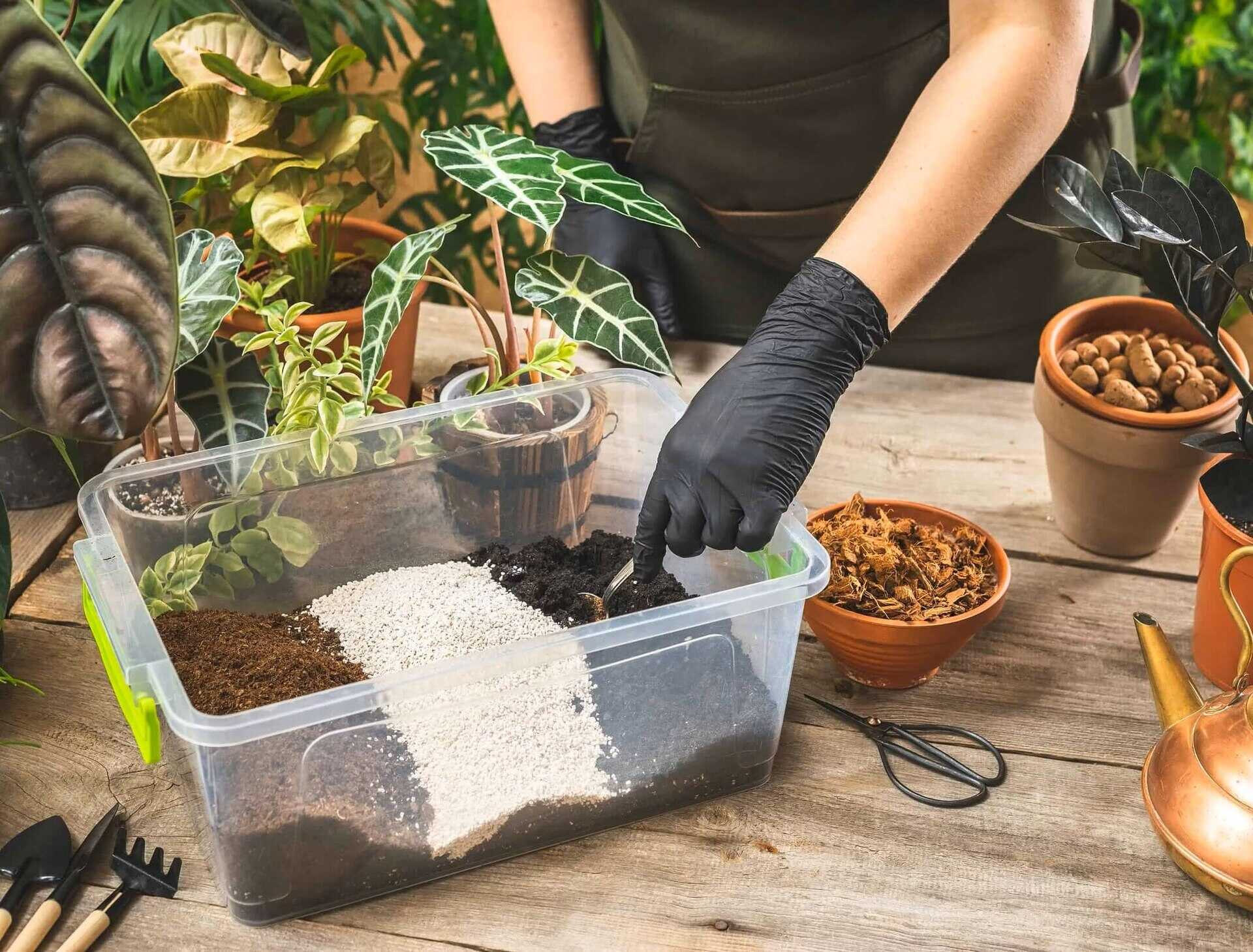

Garden Essentials
How To Create The Best Soil Mix For A Planter
Modified: March 15, 2024
Learn how to create the perfect soil mix for your garden planter and boost the health and growth of your plants.
(Many of the links in this article redirect to a specific reviewed product. Your purchase of these products through affiliate links helps to generate commission for Storables.com, at no extra cost. Learn more)
Introduction
Welcome to the world of gardening! Whether you are a seasoned gardener or a beginner, one of the most crucial aspects of successful gardening is choosing the right soil mix for your planters. The quality of the soil directly affects the health and growth of your plants, so it’s essential to create a soil mix that provides a nurturing environment.
In this article, we will guide you on how to create the best soil mix for your planters. We will explore the benefits of a good soil mix, discuss the key components you should consider, and provide useful tips to avoid common mistakes. By the end, you’ll have the knowledge and confidence to create a thriving garden filled with healthy plants.
So, let’s delve into the world of soil mixes and unlock the secrets to achieving green thumb success!
Key Takeaways:
- Create a balanced soil mix with loam, organic matter, and additives like perlite for healthy plant growth. Consider your plant’s specific needs and soil type for optimal results.
- Avoid common mistakes like overwatering, using poor-quality soil, and neglecting plant-specific needs to ensure gardening success. Learn, adapt, and enjoy the journey of nurturing your garden.
Read more: How Do You Create A Dry Sandy Soil Mix
Benefits of a Good Soil Mix
A good soil mix is the foundation of a healthy and productive garden. Here are some key benefits of using a well-balanced soil mix:
- Improved Drainage: A good soil mix allows for proper drainage, preventing waterlogged soil that can lead to root rot and other fungal diseases.
- Optimal Nutrient Retention: The right soil mix enhances the retention of essential nutrients, ensuring that your plants receive the proper nourishment for growth, flowering, and fruiting.
- Healthy Root Development: A well-draining soil mix allows roots to penetrate and spread easily, leading to robust root development and healthier plants overall.
- Resistance to Disease and Pest Infestations: Healthy plants grown in a nutrient-rich soil mix are more resistant to diseases and pests, reducing the need for chemical interventions.
- Enhanced Plant Growth and Flowering: The right soil mix provides the ideal conditions for plant growth, leading to lush foliage, vibrant flowers, and abundant yields in edible plants.
- Increased Water Efficiency: A well-structured soil mix retains moisture, reducing the need for frequent watering and conserving water resources.
- Sustainable Gardening: By creating a balanced soil mix, you promote sustainable gardening practices by reducing the need for synthetic fertilizers and pesticides.
These benefits highlight the importance of crafting a soil mix tailored to the specific needs of your plants. By providing the ideal growing environment, you set the stage for a thriving garden with plants that flourish and bring you joy.
Understanding the Key Components
Creating a successful soil mix starts with a clear understanding of the key components that make up the ideal growing medium. Here are the essential elements to consider:
- Loam: Loam is a balanced type of soil that contains a combination of sand, silt, and clay. It provides good drainage while retaining moisture and nutrients, making it an excellent base for your soil mix. Aim for a loamy texture, as it allows for the right balance of air, water, and nutrients.
- Organic Matter: Adding organic matter to your soil mix is crucial for improving soil structure, nutrient retention, and moisture-holding capacity. Organic matter can include compost, well-rotted manure, leaf mold, or other nutrient-rich materials. Adding 20-30% of organic matter to your soil mix is generally recommended.
- Perlite or Vermiculite: These lightweight materials are often added to soil mixes to improve drainage and aeration. They help prevent dense soil compaction and promote healthy root growth. Aim for a ratio of 1:1 with your loamy base, but adjust based on your plant’s specific requirements.
- Peat Moss: Peat moss is a common ingredient in soil mixes due to its moisture retention and acidity adjustment capabilities. However, it is important to consider the environmental impact of peat extraction. Sustainable alternatives like coconut coir, which has similar benefits, can be used instead.
- Additional Amendments: Depending on your plant’s needs, you may need to include additional amendments like perlite, sand, or specific nutrient supplements. Research your plant’s requirements to determine any additional components that should be included in your soil mix.
Understanding and balancing these key components will ensure that your soil mix provides the right foundation for your plants to thrive. Remember to assess the specific needs of your plant species and adjust the ratios accordingly to create an optimal growing environment.
Selecting the Right Soil Type
When it comes to selecting the right soil type for your planters, it’s essential to consider the specific requirements of your plants. Different plants thrive in different soil conditions, so understanding their preferences will help you choose the most suitable soil type. Here are a few considerations to keep in mind:
- Acidity/Alkalinity: The pH level of the soil is crucial for plant growth. Some plants prefer acidic soil (pH below 7), while others thrive in alkaline soil (pH above 7). Perform a soil test to determine the pH level, and then choose a soil mix that matches your plant’s preferences or make appropriate amendments to adjust the pH level.
- Drainage: Some plants prefer well-draining soil, while others thrive in moist or even waterlogged conditions. Determine the drainage needs of your plants and choose a soil mix that aligns with those requirements. For example, succulents and cacti prefer sandy or gritty soil that allows excess water to drain quickly, while moisture-loving plants like ferns and orchids require a more moisture-retentive mix.
- Texture: Soil texture refers to the relative proportions of sand, silt, and clay in the soil. Sandy soil has larger particles and provides good drainage, while clay soil has smaller particles and retains more moisture. Loam, as mentioned earlier, is a balanced mix of all three. Consider the texture preferences of your plants and choose a soil mix that matches those requirements.
- Specific Plant Needs: Some plants have specific soil requirements. For example, acid-loving plants like rhododendrons and blueberries thrive in ericaceous soil. Research the specific needs of your plants and choose or adjust your soil mix accordingly.
- Container Size: The size of your containers also affects the choice of soil type. Larger containers tend to retain moisture longer, so you may want to use a well-draining mix with more organic matter. Smaller containers, on the other hand, may benefit from a lighter soil mix with increased drainage to prevent waterlogged conditions.
By understanding your plant’s specific needs and matching them with the right soil type, you set the stage for optimal plant growth and overall garden success. Take the time to research and experiment, adjusting your soil mix when necessary, to provide the ideal growing conditions for your beloved plants.
Adding Organic Matter
Organic matter is an essential component of a healthy soil mix. It provides numerous benefits, including improved soil structure, enhanced nutrient retention, and increased microbial activity. Here are some key points to consider when adding organic matter to your soil mix:
- Compost: Compost is a valuable source of organic matter that enriches the soil with nutrients and beneficial microorganisms. It improves soil structure, allowing for better root penetration and reducing the risk of soil compaction. Incorporate well-decomposed compost into your soil mix to provide a nutrient-rich environment for your plants.
- Well-Rotted Manure: Manure, such as cow or chicken manure, is another excellent source of organic matter. However, it is crucial to use well-rotted manure to avoid potential nutrient imbalances or contamination. Mix well-rotted manure into your soil mix to improve soil fertility and organic content.
- Leaf Mold: Leaf mold is a valuable organic amendment made from decomposed leaves. It helps retain moisture, improves soil structure, and adds essential nutrients. You can create leaf mold by collecting fallen leaves in a compost pile and allowing them to decompose over time. Mix well-decomposed leaf mold into your soil mix to enhance its organic content.
- Green Manure Cover Crops: Consider planting cover crops, such as legumes or clover, during the off-season. These crops help add organic matter to the soil when they are tilled or cut down and incorporated into the soil mix. This practice also improves soil structure and reduces erosion.
- Coconut Coir: If peat moss is not readily available or you prefer a more sustainable option, coconut coir can be used as an alternative. It has similar properties to peat moss, offering moisture retention and improving soil texture. Soak the coconut coir in water before mixing it into your soil mix.
When adding organic matter, ensure that you mix it thoroughly with the other components of your soil mix. Aim to incorporate 20-30% of organic matter by volume to provide adequate nutrition and improve soil structure.
Remember that organic matter decomposes over time, so it’s beneficial to replenish your soil with compost or other organic amendments annually or when planting new crops. This will help maintain the fertility and health of your soil in the long run.
By incorporating organic matter into your soil mix, you create a fertile and nutrient-rich environment that promotes healthy plant growth and overall garden vitality. So don’t shy away from harnessing the power of organic matter to take your gardening to the next level!
When creating a soil mix for a planter, use a combination of potting soil, compost, and perlite or sand for good drainage. Aim for a mix that is light, well-draining, and nutrient-rich to support healthy plant growth.
Read more: How To Make Potting Soil Mix
Incorporating Nutrients
Providing your plants with the necessary nutrients is crucial for their growth and overall health. While organic matter contributes to the nutrient content of the soil mix, additional nutrients may be required to meet the specific needs of your plants. Here are some tips for incorporating nutrients into your soil mix:
- Complete Organic Fertilizers: Utilize complete organic fertilizers that contain various essential nutrients. Look for fertilizers that are specifically formulated for the type of plants you are growing. These fertilizers provide a balanced mix of nutrients, including nitrogen, phosphorus, and potassium (NPK), as well as trace elements.
- Mineral Soil Amendments: Consider incorporating mineral soil amendments to provide specific nutrients that may be lacking in your soil mix. For example, if your soil is deficient in calcium, you can add materials like gypsum or limestone to correct the imbalance. Conduct a soil test to identify any nutrient deficiencies and adjust accordingly.
- Slow-Release Fertilizers: Slow-release fertilizers are designed to provide a steady supply of nutrients over an extended period. They are a convenient option for container gardening, as they reduce the need for frequent fertilizer applications. Mix slow-release fertilizers into your soil mix according to the product instructions to ensure a consistent nutrient supply.
- Fish Emulsion or Liquid Fertilizers: Liquid fertilizers, such as fish emulsion or seaweed extract, can also be added to your soil mix or used as a foliar spray. These organic liquid fertilizers provide a quick boost of nutrients and can be especially beneficial for fast-growing plants or during periods of increased plant demand.
- Compost Tea: Compost tea is a nutrient-rich liquid created by steeping compost in water. It becomes infused with the nutrients and beneficial microorganisms present in the compost. Use compost tea as a soil drench or foliar spray to provide a natural and nutrient-rich boost to your plants.
Remember to carefully follow the recommended dosage instructions for any fertilizers or amendments you use. Too much of a good thing can be harmful to your plants, so always err on the side of caution and apply fertilizers sparingly, especially in containers where the risk of nutrient buildup is higher.
Regularly monitor your plants for nutrient deficiencies or excesses, such as yellowing leaves or stunted growth. Adjust your nutrient application accordingly to address any issues and support optimal plant health.
By incorporating the right nutrients into your soil mix, you provide your plants with the essential elements they need to thrive. A well-balanced nutrient supply will promote healthy growth, vibrant foliage, and abundant blooms, ensuring a flourishing garden for your enjoyment.
Balancing pH Levels
The pH level of your soil plays a crucial role in plant health and nutrient availability. It determines whether your soil is acidic, neutral, or alkaline. Different plants have varying pH preferences, so it’s important to test and balance the pH level of your soil mix. Here’s how you can achieve the optimal pH for your plants:
- Testing the Soil: Start by conducting a soil pH test using a home testing kit or by sending a soil sample to a local agricultural extension office. This will determine the current pH level of your soil. Most plants prefer a slightly acidic to neutral pH range of 6.0 to 7.0, but it’s essential to research the specific pH preferences of your plants.
- Adjusting Acidic Soil: If your soil is too acidic (pH below the desired range), you can raise the pH by adding materials such as limestone or wood ash. These materials react with the soil and increase its pH level. It’s crucial to follow the application rates specified on the product packaging to avoid overdoing it.
- Correcting Alkaline Soil: If your soil is too alkaline (pH above the desired range), you can lower the pH level by adding materials like sulfur or organic acidifiers. These materials work to lower the pH and make the soil more acidic. Again, follow the recommended application rates to avoid causing harm to your plants.
- Using pH-Adjusting Mixes: There are also commercially available soil amendments designed specifically to adjust pH levels. These mixes usually contain ingredients like sulfur, lime, or gypsum and can help balance the pH of your soil mix more effectively. Follow the instructions provided by the product manufacturer for proper application.
- Monitoring and Maintaining pH: It’s important to regularly monitor the pH level of your soil using a pH meter or testing kit. Adjustments may be necessary over time as the soil may naturally shift in pH. Additionally, certain cultural practices, like adding fresh organic matter, can affect the pH level. Keep an eye on your plants’ health and respond promptly if any signs of nutrient deficiencies or pH-related issues arise.
Remember, achieving the optimal pH level in your soil mix allows the plants to absorb nutrients efficiently and promotes healthy growth. Different plants have varying pH preferences, so be sure to research their specific needs and adjust the pH accordingly to provide them with the best growing conditions.
By balancing the pH levels in your soil mix, you create an environment where plants can thrive and reach their full potential. This simple step can make a significant difference in the overall health and productivity of your garden.
Avoiding Common Mistakes
Creating the best soil mix for your planters requires careful attention and consideration. Here are some common mistakes to avoid in order to ensure the success of your gardening endeavors:
- Overwatering: One of the most common mistakes gardeners make is overwatering their plants. It’s important to maintain proper moisture levels in your soil mix, allowing it to dry slightly between waterings. Overwatering can lead to root rot, fungal diseases, and nutrient leaching.
- Using Poor-Quality Soil: Avoid using low-quality or garden soil straight from your yard, as it may lack the necessary nutrients and drainage properties. Invest in a quality potting mix or create your own soil mix using recommended components to ensure the best conditions for your plants.
- Using Containers Without Drainage Holes: It’s crucial to use planters or containers with drainage holes to prevent water from stagnating and causing root rot. If your containers don’t have drainage holes, consider drilling some or using a liner with drainage holes.
- Neglecting Soil Aeration: Proper soil aeration is essential for healthy root growth. Avoid compacting the soil mix excessively by tamping it down too firmly or using heavy materials without adding amendments for improved drainage and aeration.
- Ignoring Plant-Specific Needs: Different plants have specific requirements in terms of light, water, and soil conditions. Educate yourself about the specific needs of the plants you are growing and adjust your soil mix accordingly to ensure their well-being.
- Overfertilizing: Applying excessive amounts of fertilizer can lead to nutrient burn, stunted growth, or even plant death. Always follow the recommended dosage instructions and monitor your plants for signs of nutrient deficiencies or excesses.
- Not Rotating Crops: Planting the same type of crop in the same containers repeatedly can lead to nutrient depletion and increased susceptibility to diseases and pests. Practice crop rotation by switching plant types or replenishing the soil mix with fresh organic matter to maintain soil fertility.
- Forgetting to Mulch: Mulching helps conserve moisture, suppress weed growth, and regulate soil temperature. Apply a layer of organic mulch, such as wood chips or straw, over the soil surface to reap these benefits and protect your soil mix.
By being mindful of these common mistakes and taking proactive measures, you will set yourself up for gardening success. Regularly observe and respond to the needs of your plants, providing them with the right growing conditions and avoiding potential pitfalls.
Remember, gardening is a learning process, and mistakes can happen. Don’t be discouraged by setbacks but rather view them as opportunities to improve and refine your gardening skills. With patience, practice, and attention to detail, you’ll be well on your way to creating the best soil mix for your planters and fostering a thriving garden.
Conclusion
Creating the best soil mix for your planters is a critical step towards cultivating a thriving garden. By understanding the key components, selecting the right soil type, incorporating organic matter and nutrients, balancing pH levels, and avoiding common mistakes, you can provide your plants with an optimal growing environment.
A good soil mix offers numerous benefits, including improved drainage, nutrient retention, healthy root development, resistance to disease and pests, enhanced plant growth, increased water efficiency, and sustainable gardening practices. By investing time and effort into creating a well-balanced soil mix, you set the foundation for healthy plants and a flourishing garden.
Remember to consider the specific needs of your plants, research their preferences for soil type and pH levels, and adjust your soil mix accordingly. Regularly monitor the moisture levels, nutrient requirements, and pH levels of your soil to ensure proper care for your plants.
While there may be challenges along the way, don’t be discouraged. Gardening is a continuous learning process, and by observing and responding to your plants’ needs, you will develop your skills and become a successful gardener.
So go ahead, dive into the wonderful world of soil mix creation. Experiment, learn from your experiences, and let your garden thrive with lush foliage, vibrant blooms, and bountiful harvests. Enjoy the journey and the rewards that come with nurturing and tending to your own piece of green paradise.
Frequently Asked Questions about How To Create The Best Soil Mix For A Planter
Was this page helpful?
At Storables.com, we guarantee accurate and reliable information. Our content, validated by Expert Board Contributors, is crafted following stringent Editorial Policies. We're committed to providing you with well-researched, expert-backed insights for all your informational needs.
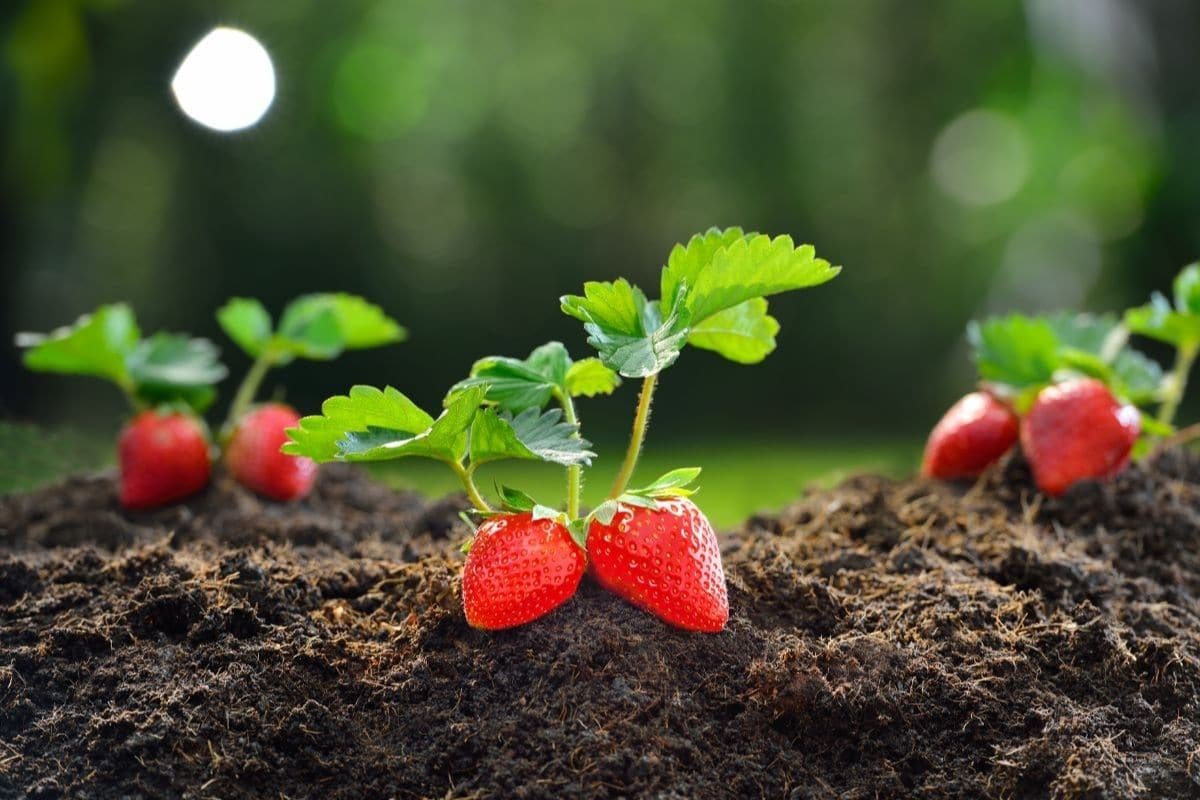
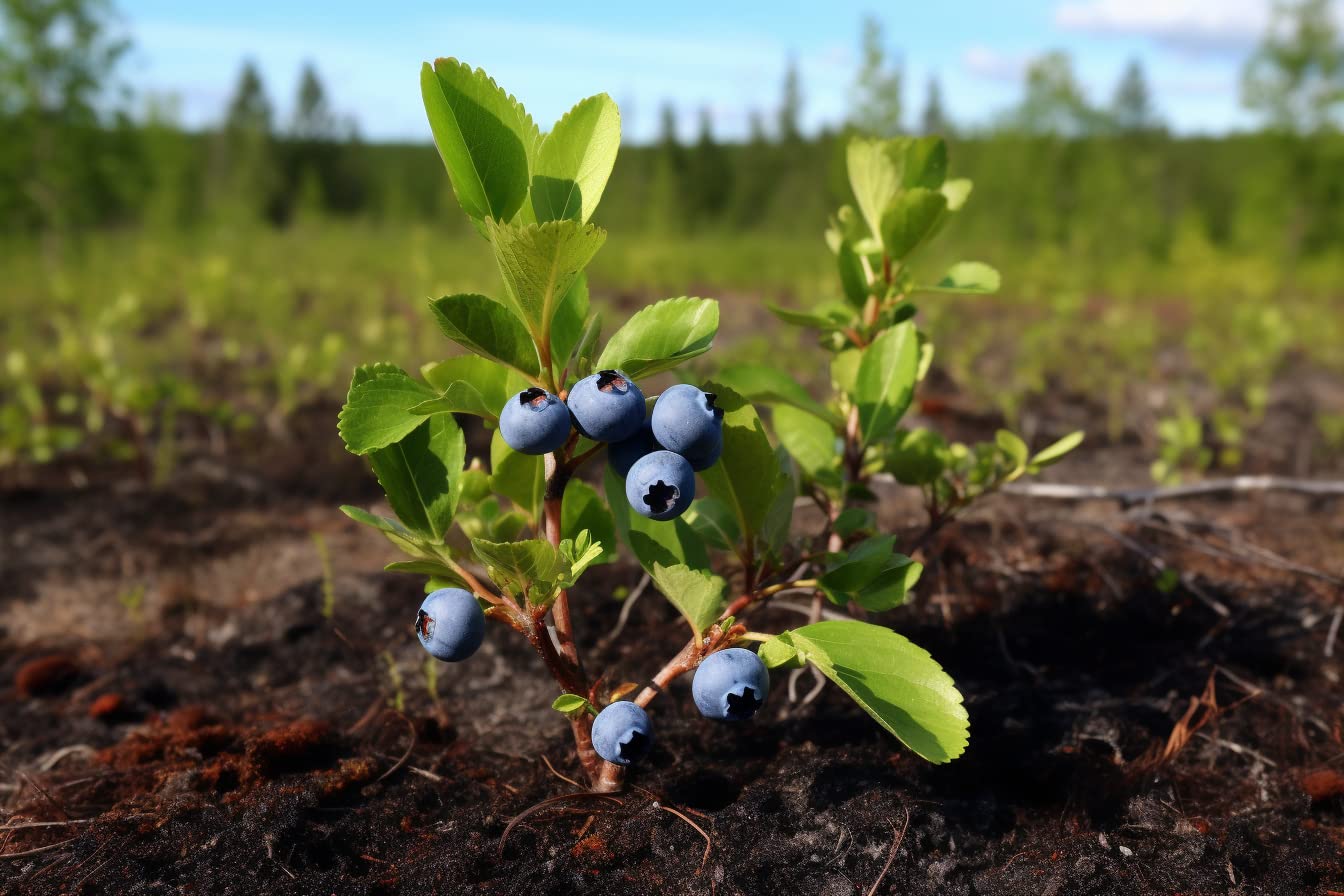
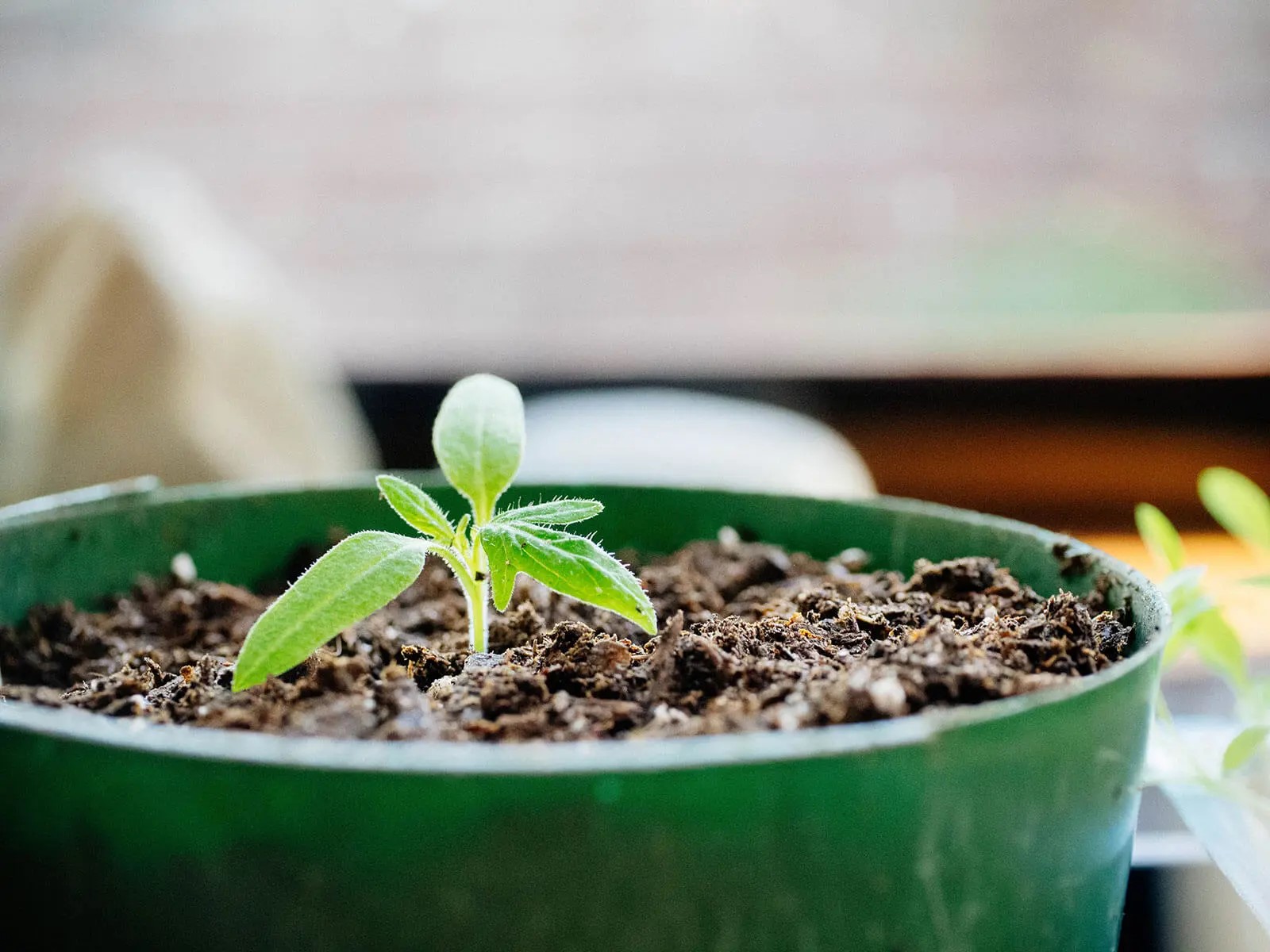
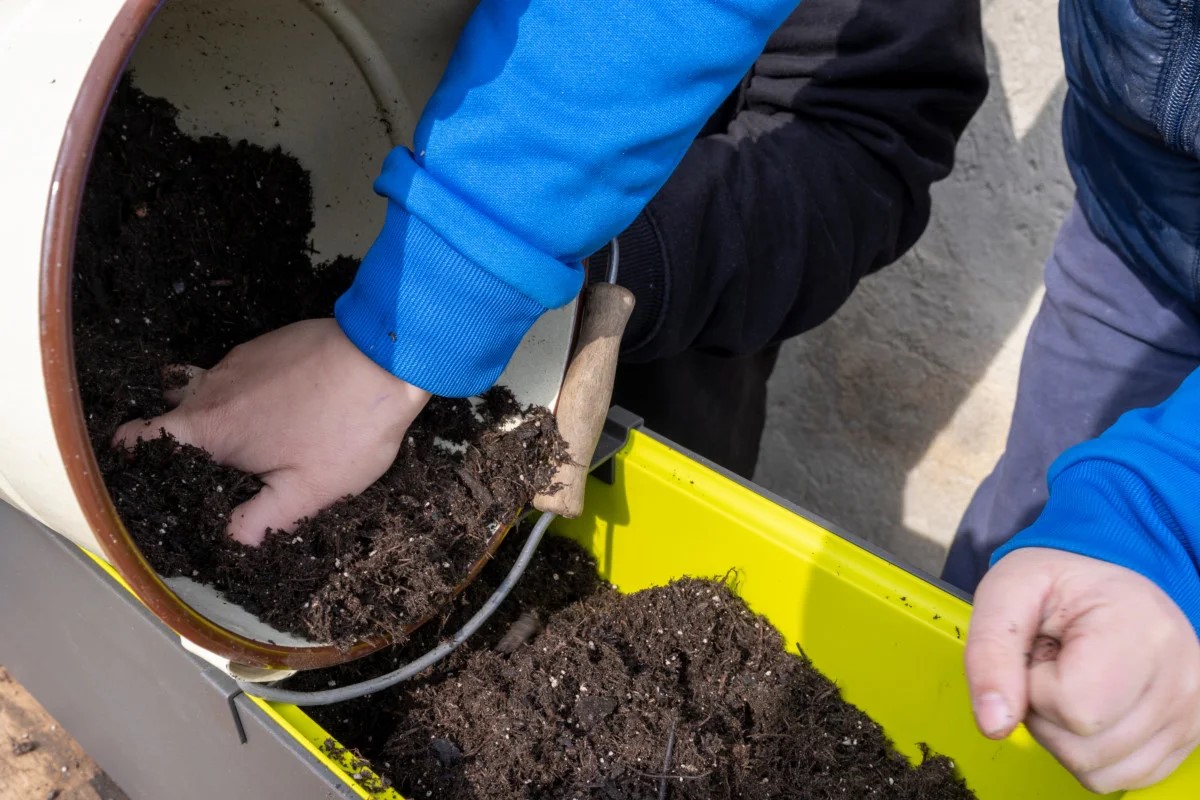
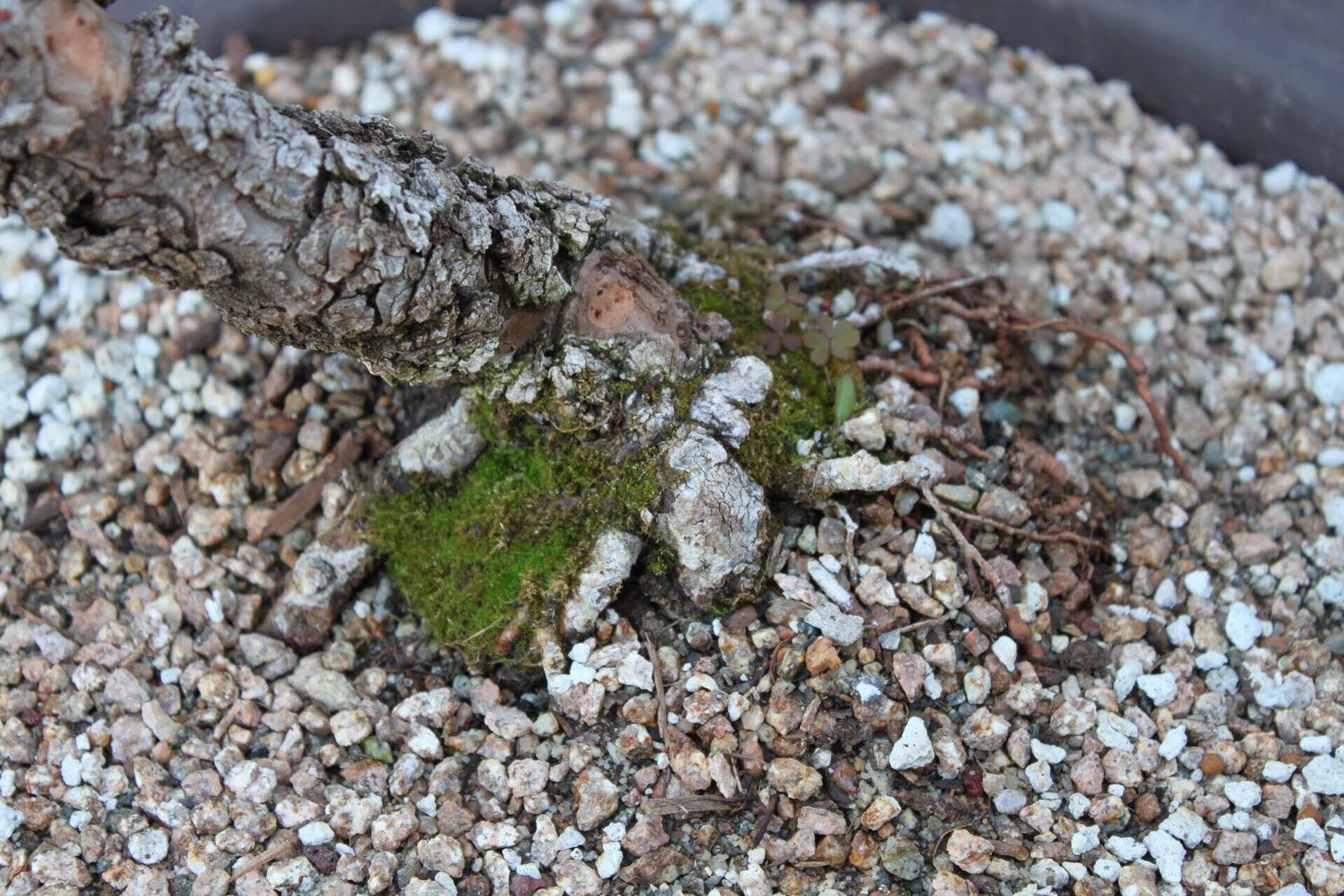
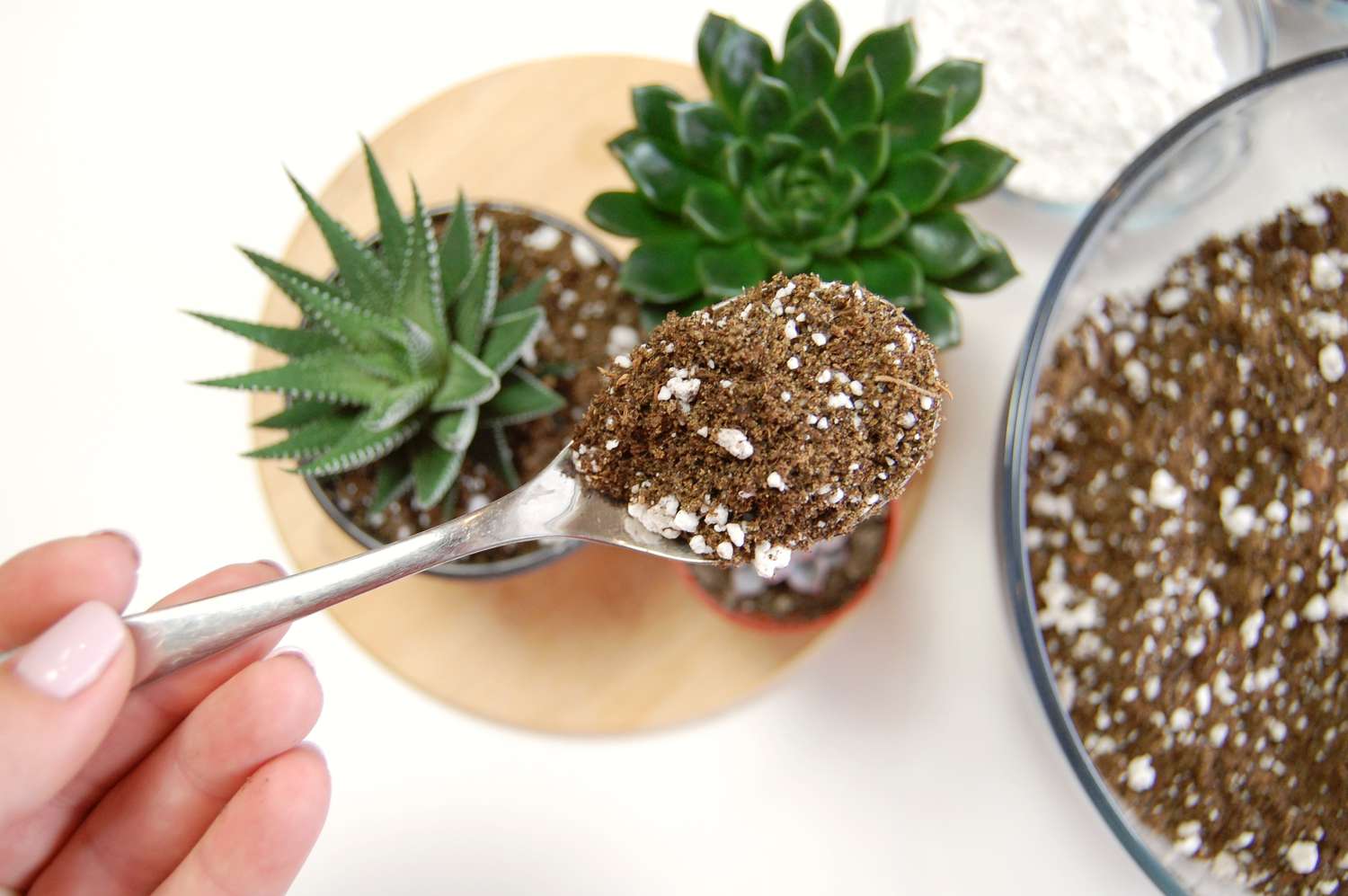
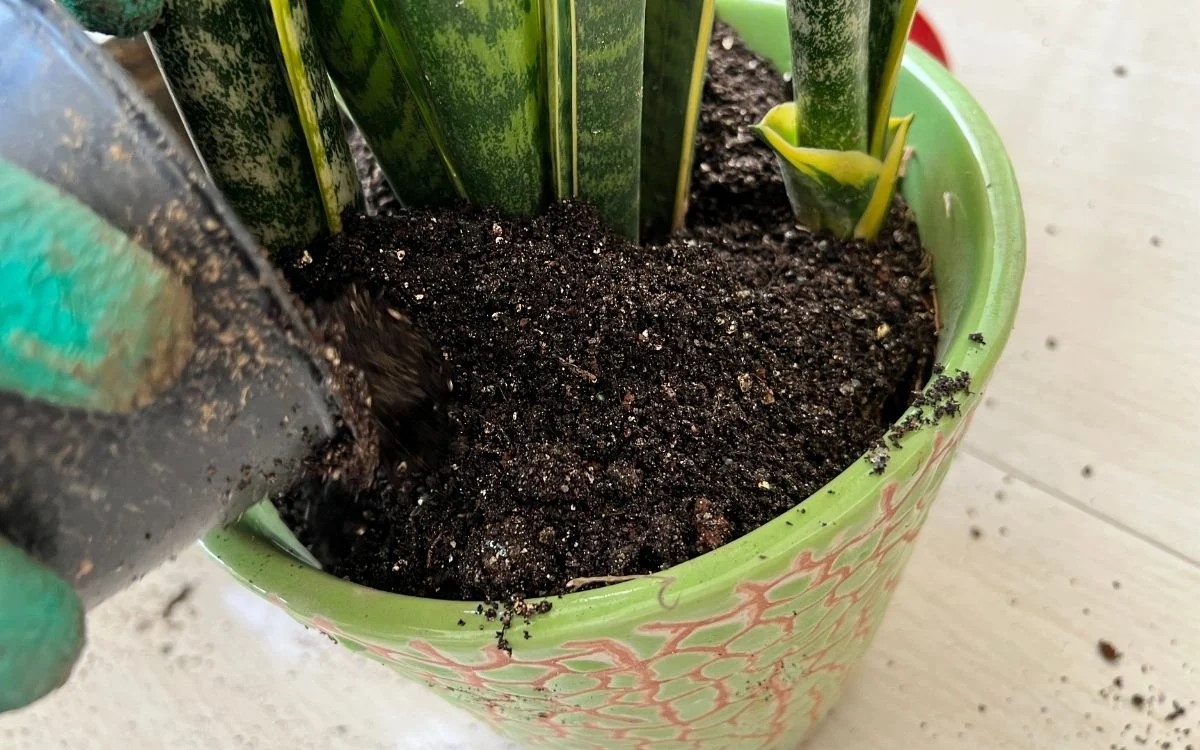
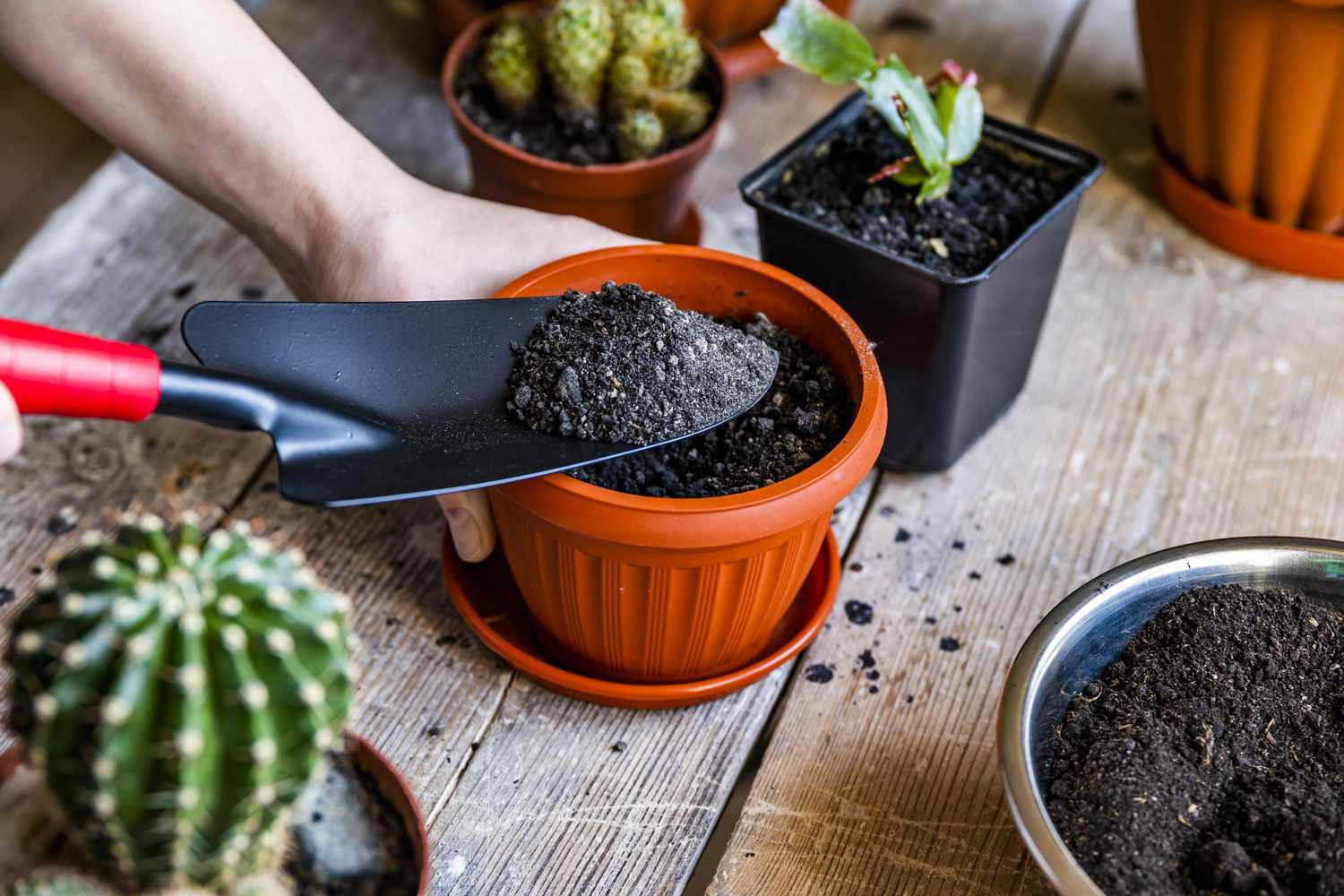
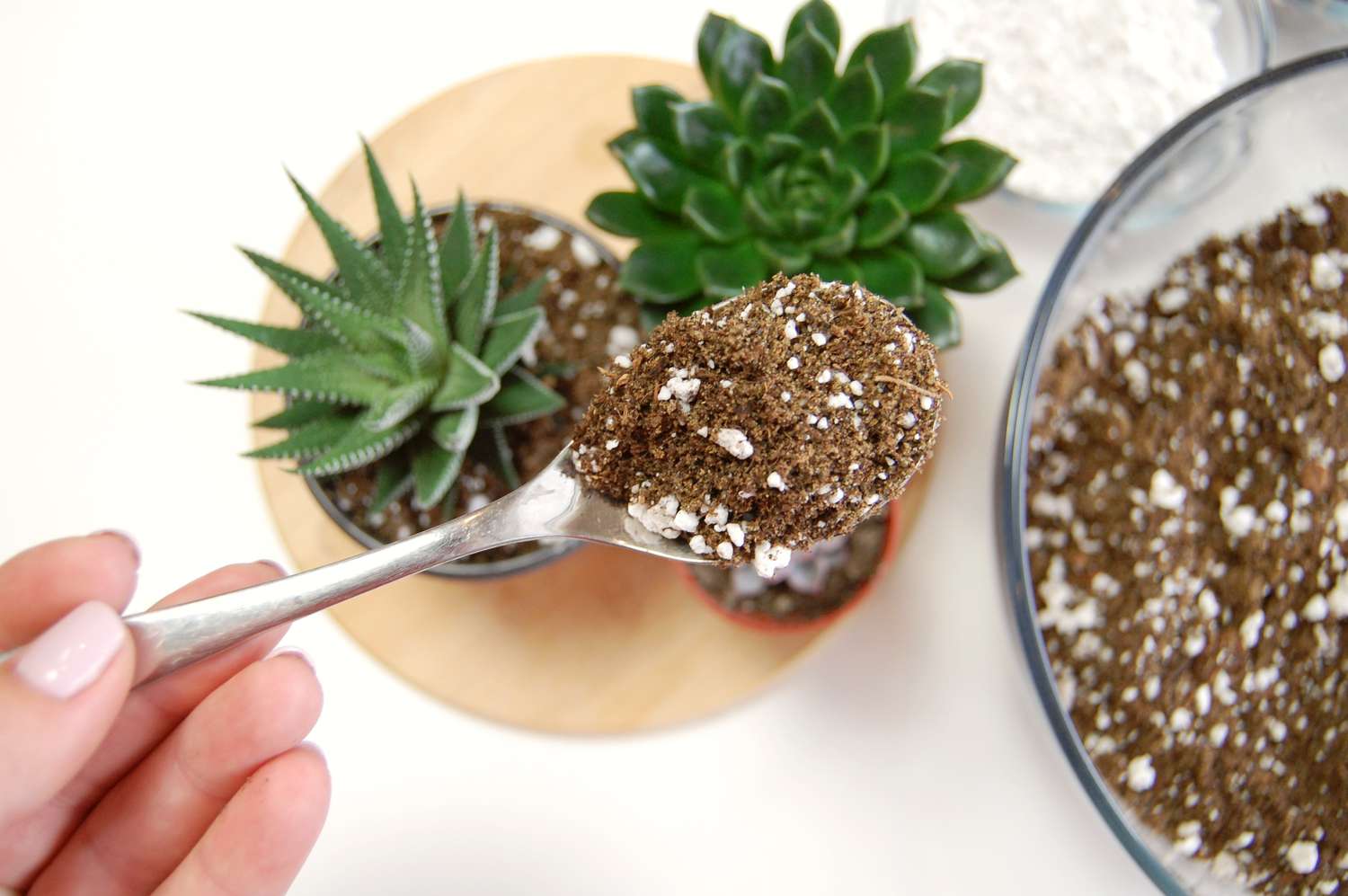
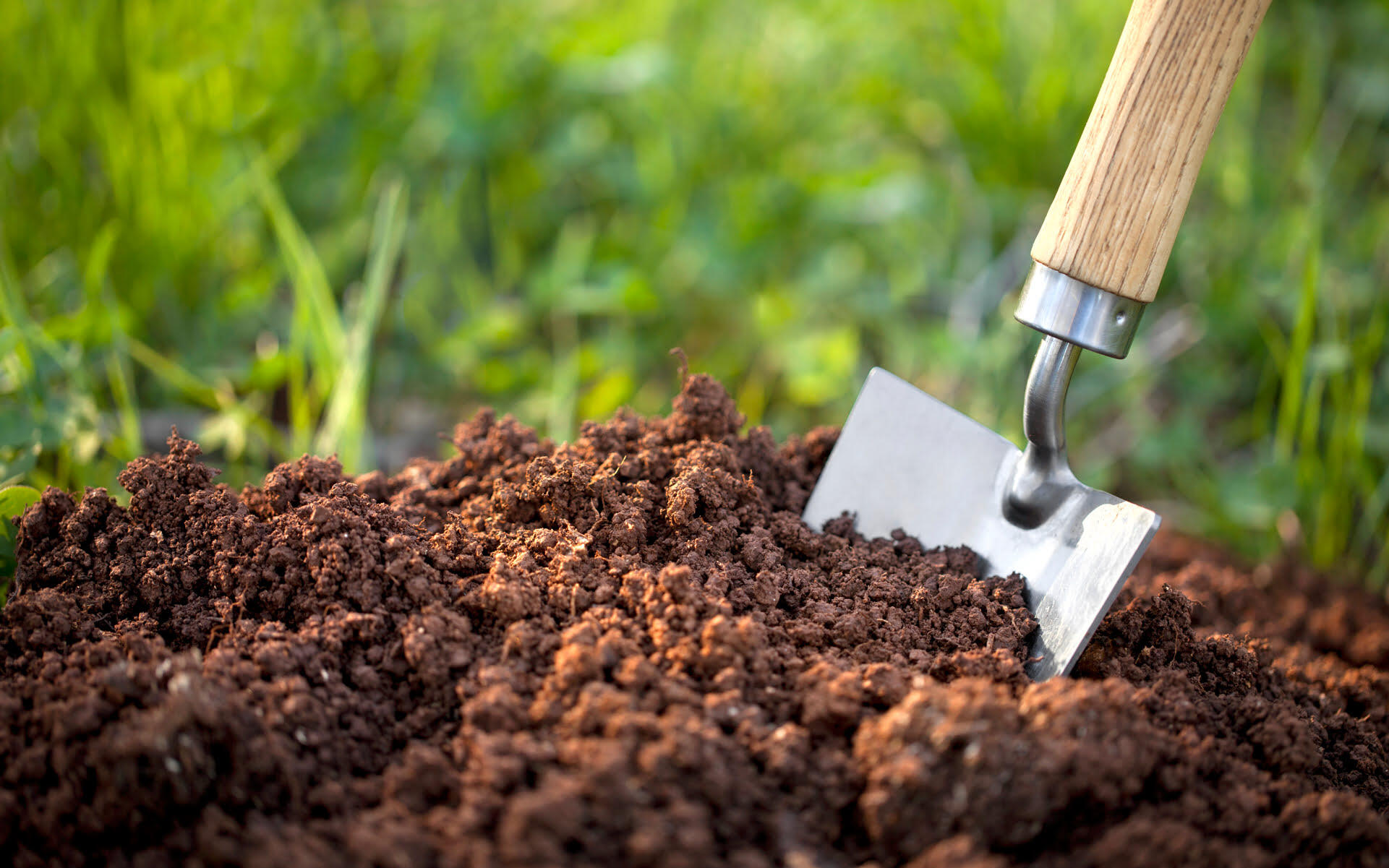
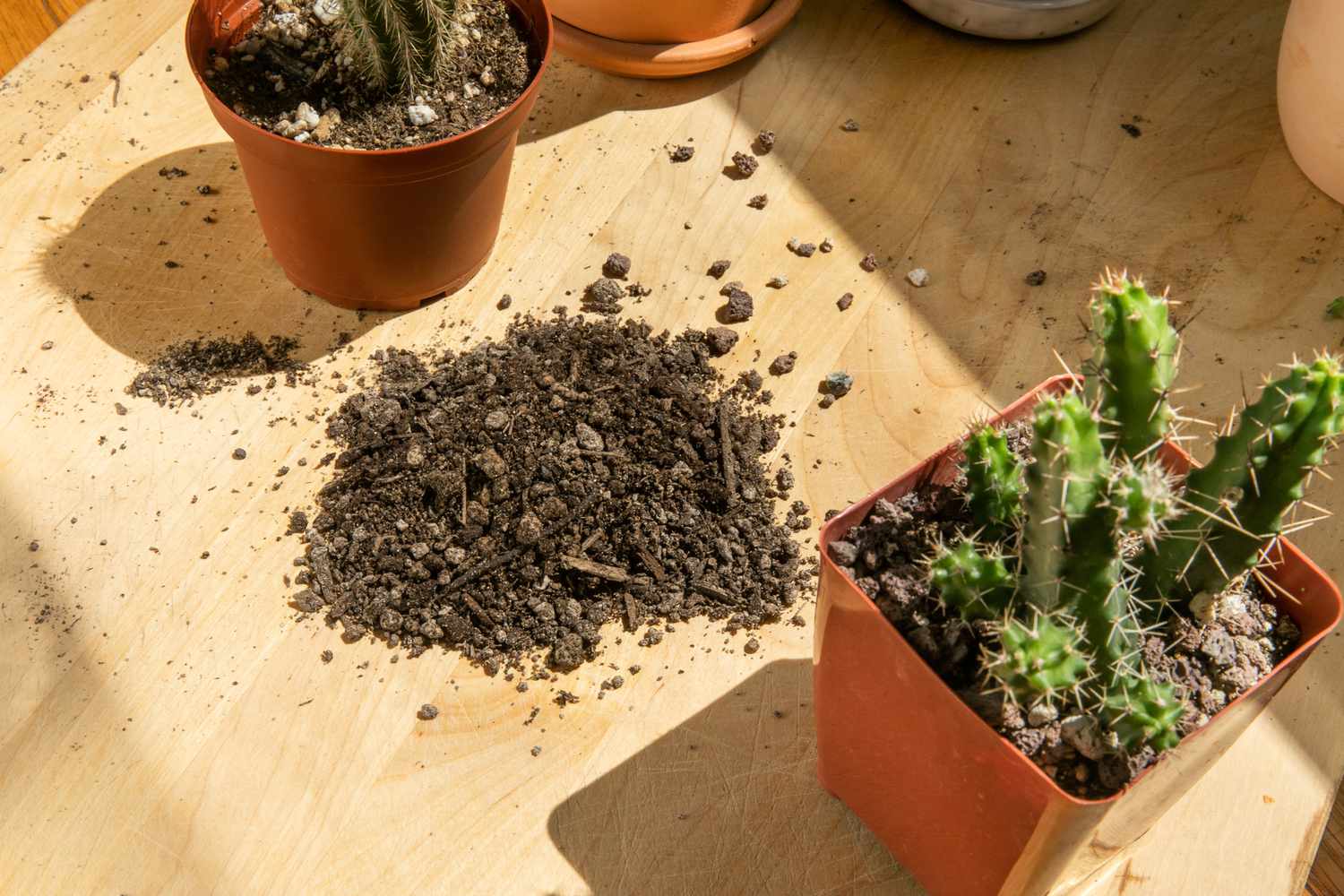
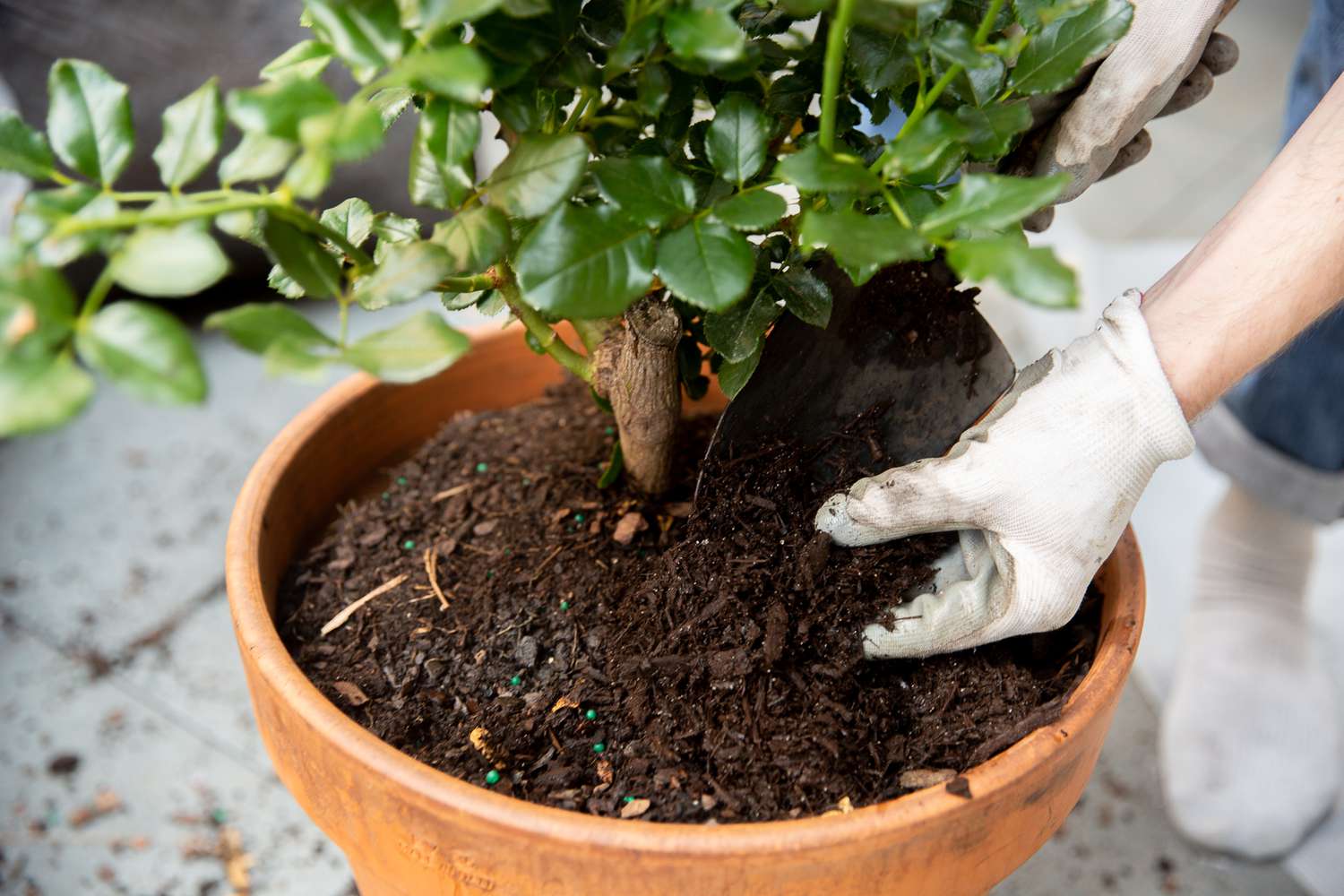
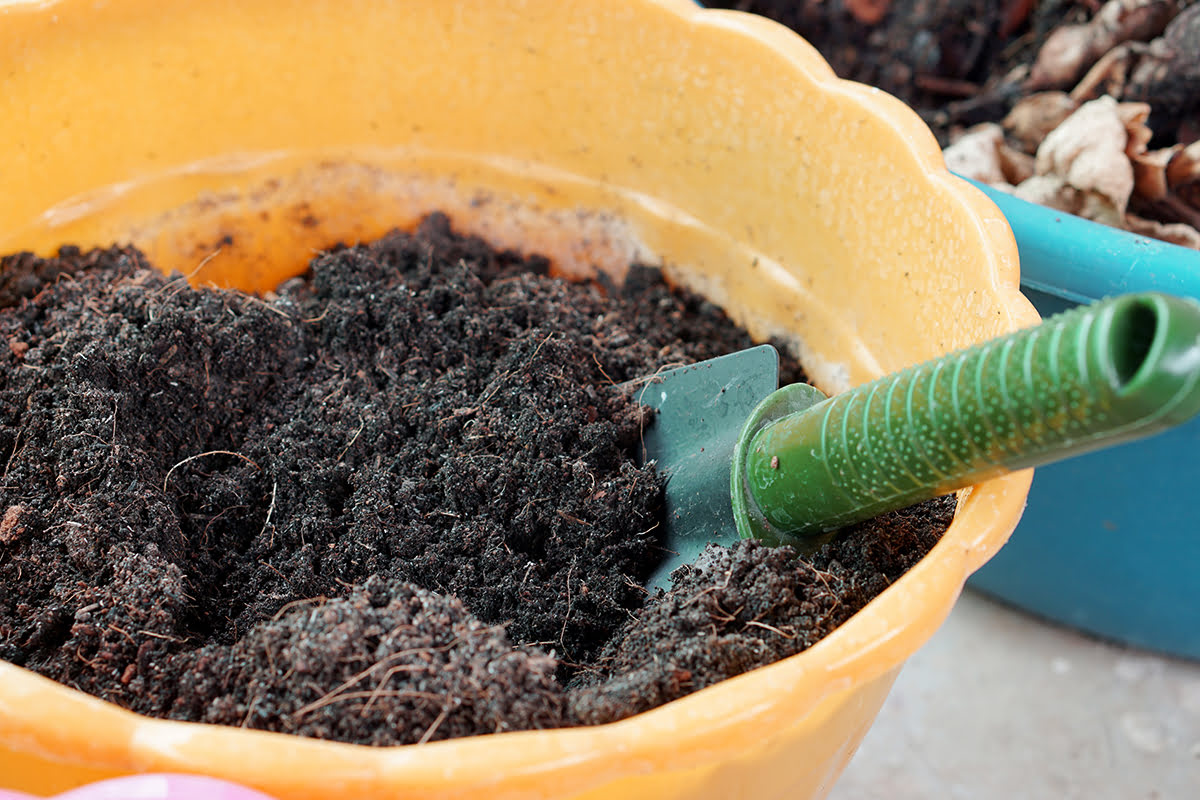
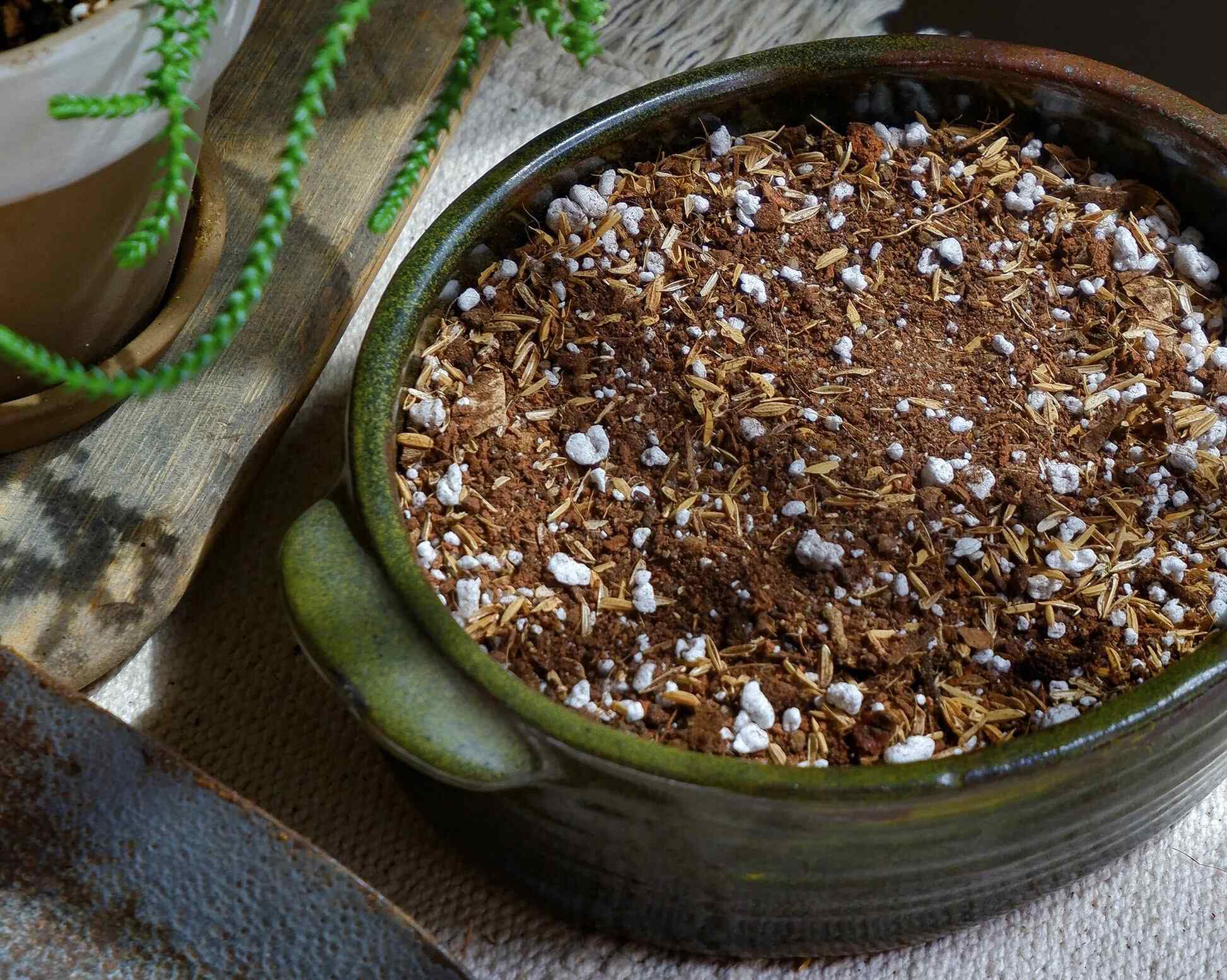

0 thoughts on “How To Create The Best Soil Mix For A Planter”